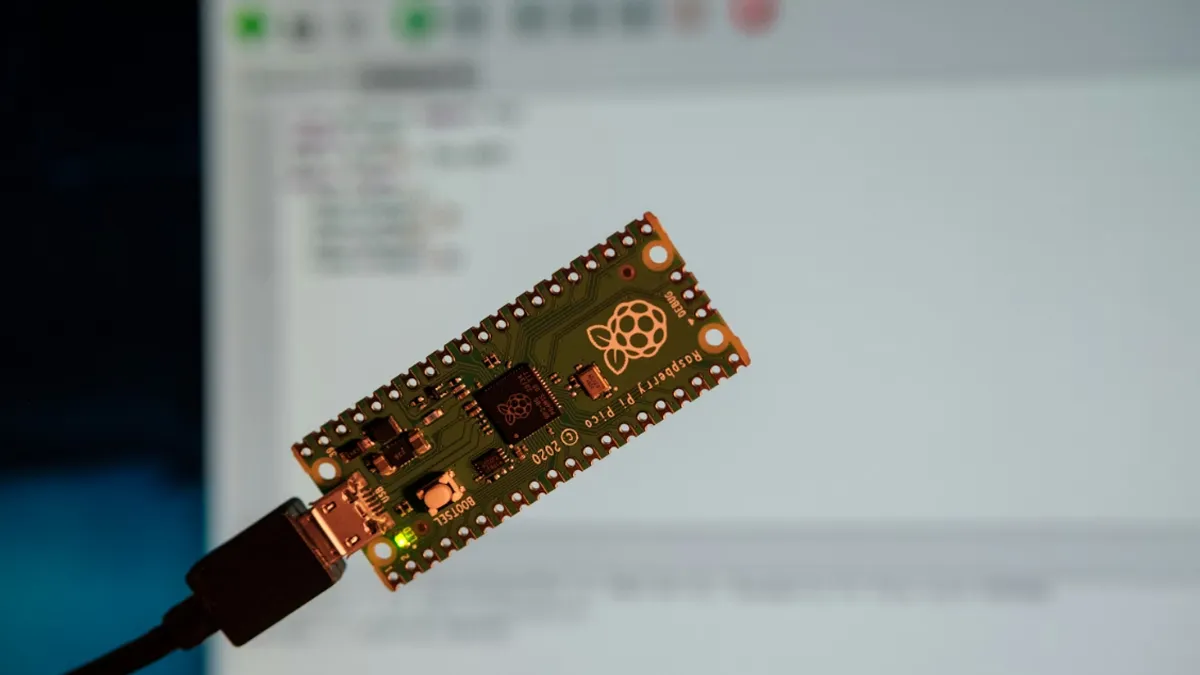
Australia String Lights (SAA/RCM) Certification
String lights are portable temporary lighting products connected via plugs, with a maximum rated input voltage of 1000V. They are used for various temporary lighting and decoration scenarios, and must strictly comply with voltage limits to ensure safety.
When selling portable lighting products in the Australian and New Zealand markets, certification under AS/NZS 60598.2.20is requiRED, along with the appropriate certification marking (SAA mark for Australia, NZS mark for New Zealand). Non-compliant products risk sales bans, recalls, and other penalties. The standard is designed to prevent electrical fires, electric shocks, and other safety hazards.

RegULations for Standard String Lights
- as/nzs 4417.1(Electrical and electronic equipment compliance marking [RCM])
- AS/NZS 4417.2(Electrical and electronic equipment compliance marking [RCM])
- AS/NZS 60598.2.20(Luminaires – String lights)
- Registration of the model in the Electrical Equipment Safety System (EESS) database
Regulations for String Lights with Control Devices
- All of the above requirements for standard string lights
- Additionally, compliance with AS/NZS 61347.2.13(Lamp controlgear – Particular requirements for electronic controlgear for LED modules powered by DC or AC)
Scope of Application
Applies to portable/handheld luminaires with weight ≤ 10kg, including but not limited to:
- Household portable lamps (table lamps, portable wall lamps, etc.)
- Outdoor portable lamps (emergency lamps, camping lamps, etc.)
- Decorative lamps (holiday string lights, tabletop decorative lamps, etc.)
- Work portable lamps (inspection lamps, searchlights, etc.)
Note:Fixed luminaires (e.g., recessed downlights, chandeliers) are not applicable and must comply with other sub-standards under AS/NZS 60598.2.
Standard Test Items
- Structural inspection(component dimensions, connection methods, etc.)
- Electrical parameter testing(rated voltage, power, current, etc.)
- Protection against electric shock(verifying accessibility using standard test probes)
- Temperature rise test(monitoring component temperatures via thermocouples)
- Mechanical strength test(impact, vibration, tensile strength, etc.)
- Fire resistance test(material flammability rating, flame spread rate, etc.)
- Abnormal condition test(safety under conditions such as bulb breakage or circuit short-circuit)
Email:hello@jjrlab.com
Write your message here and send it to us
 Infant Support Pillow 16 CFR 1243/1242 & ASTM
Infant Support Pillow 16 CFR 1243/1242 & ASTM
 BRM Registration Card Under CFR Part 1130 Regulati
BRM Registration Card Under CFR Part 1130 Regulati
 How to get a D-U-N-S® Number for US FDA Registrati
How to get a D-U-N-S® Number for US FDA Registrati
 Household Massage Devices Compliance in the China
Household Massage Devices Compliance in the China
 Compliance for the Global In Vitro Diagnostic (IVD
Compliance for the Global In Vitro Diagnostic (IVD
 Compliance Guide for Nebulizers in European and Am
Compliance Guide for Nebulizers in European and Am
 Cybersecurity Certification Service for EU RED Dir
Cybersecurity Certification Service for EU RED Dir
 ANATEL Certification Compliance Guide for Brazil M
ANATEL Certification Compliance Guide for Brazil M
Leave us a message
24-hour online customer service at any time to respond, so that you worry!




